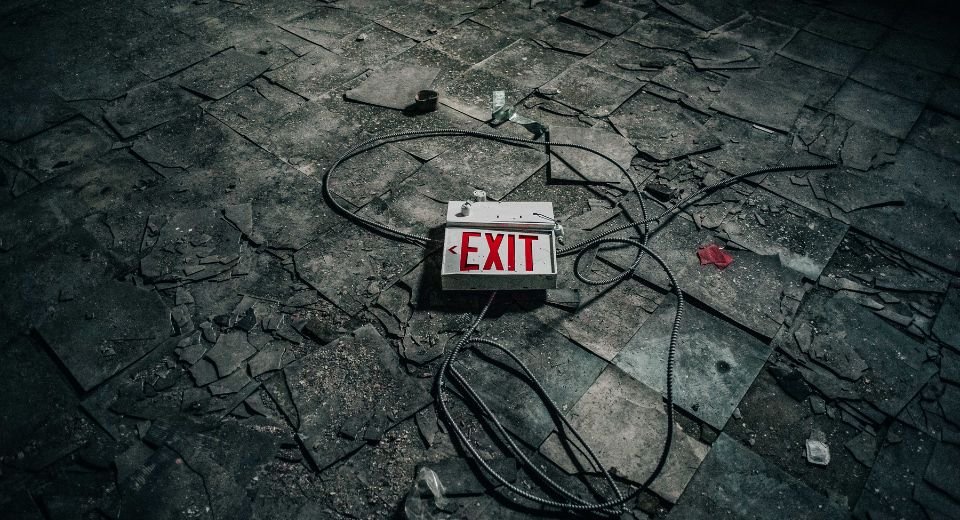HQ Team
June 29, 2023: Abandoned industrial sites with polluting material buried in and around the sites are difficult to clean up and a drain on resources for the communities. Industrial pollution contaminates sources of drinking water, releases unwanted toxins into the air, and reduces the quality of soil all over the world.
Almost 70 percent of industrial waste is discharged without treatment in many developing countries, 70% of industrial waste is discharged without treatment. Over 1 billion people worldwide lack access to safe drinking water due to industrial pollutants, and over 14 billion pounds of industrial waste are dumped into the world’s oceans every year.
Scientists, policy makers and organisations are continuously working to find viable solutions to tackle this problem of pullutants.
Researchers at the University of California Riverside (UCR) have found a solution to break down such pollutants via bioremediation.
What is bioremediation?
Bioremediation uses bacteria, plants, and fungi to break down pollutants. The researchers scattered plants and fungi at three former industrial sites polluted with heavy metals and chemicals from fossil fuels called petrochemicals.
Microorganisms such as fungi and bacteria break down these pollutants by using them as energy source. Study leader Danielle Stevenson termed these microorganisms as “solar powered vacuum cleaners: They basically suck up the metals, like lead, into their bodies. When we pull out the plants, we’ve removed the lead from the soil.”
Stevenson said that they have chosen their plant weapons with care. The team incorporated oyster mushrooms into the soil because of their natural role in decomposition: Their underground part, called the mycelium, helps in sucking up diesel.
“Those same fungi that in nature would eat a dead tree will also recognize diesel oil, for example, as a food source.
“The reason is, it’s basically the same thing. A lot of our fossil fuels are just dead stuff that got compressed over long periods of time.”
Many plants, such as telegraph weed, California buckwheat, and the California bush sunflower, are also being used in the study.
Traditionally, polluted soil is just dumped or removed from one place to a another, without any real treatment done to get rid of the polluting source. One Florida study found that people living near contaminated sites were 6% more likely to get cancer.
Bioremediation can effectively treat the pollutants contaminating the industrial site. Stevenson said, “In three months, we had a 50% reduction of the petrochemicals and then in six months, we were getting pretty close [to that level] with some of the metals.”
The research scientists also emphasised that the cost of treatment with bioremediation is cheap UCR’s study, which covers three contaminated sites, will cost around $200,000.


